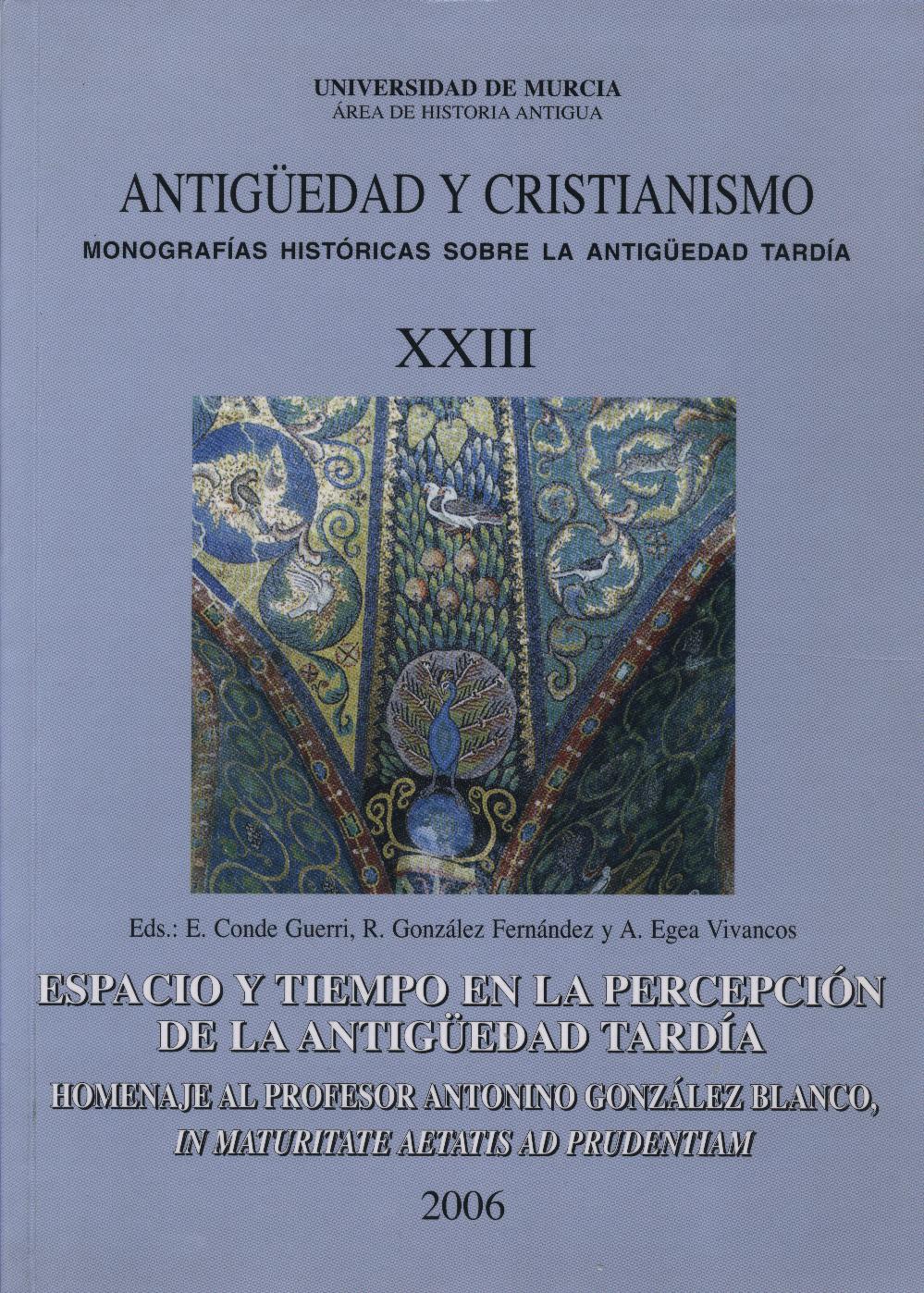La topografía mística de los Santos Lugares en la versión de Paula (San Jerónimo, Epist. 46, 58, 108)
Abstract
In testimonies of Paula and other women belonging to Saint Jerome's
«Athenaeum», even in testimonies of the exegete himself (Jerome), every mention or detailed contemplation of the most meaningful places as cradle of the historical Christianity are peculiar. They don't aspire to make an essentially archaeological description as source of the paleo-Christian art, nor confirm the change of a society which at the end of the 4th century was already aware of the impact caused by the pilgrimages. Though contents of the mentioned letters could be assimilated to one odoiporia, in my opinion it is the aim neither of sender nor of recipients. The reality of the historical facts, and the typical accuracy for the topoi are deliberately overcome by passionate experience and mystical contemplation, that consider these places as a vivid iconography of the Salvation. On the other hand, Saint Jerome's lucid perception of the role Christian and educated aristocrats could play in that historical moment persuade him to advise or reject a pilgrimage to Holy Land depending on sex, family conditions or abilities in every case.
Downloads
-
Abstract409
-
PDF (Español (España))186
1. The authors non-exclusively assign the exploitation rights (reproduction, distribution, communication and transformation) to the magazine.
2. The works published in this magazine are subject to the Attribution-ShareAlike 4.0 International license (CC By SA 4.0). Therefore, they can be copied, used, disseminated, transmitted and publicly displayed, provided that:
i) the authorship and the original source of its publication (journal, editorial and URL of the work) are cited, thus allowing its recognition.
ii) it is allowed to remix, transform or create from the material while maintaining the same license as the original.
Note: Articles prior to 2022 incorrectly display the CC by SA license in the abstract page. They are under a CC by NC ND license as embedded in the article pdfs. Articles published in 2022 and after are under the CC by SA license.

3. Self-archiving conditions. Authors are allowed and encouraged to electronically disseminate the pre-print (version before being evaluated) and/or post-print (version evaluated and accepted for publication) versions of their works before publication, as it favors their publication. Earlier circulation and diffusion and with it a possible increase in its citation and reach among the academic community. Color RoMEO: verde.
























